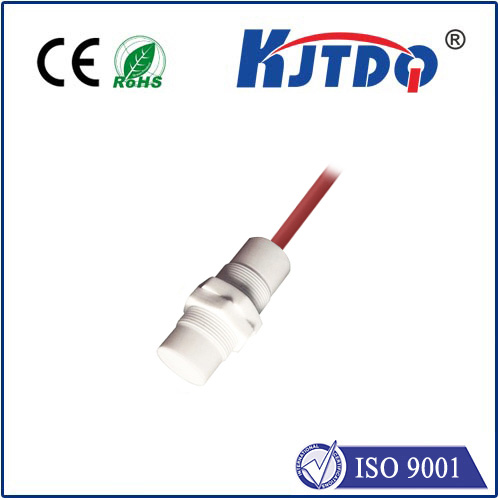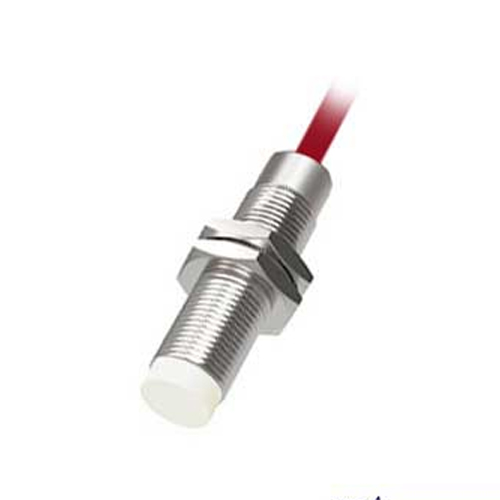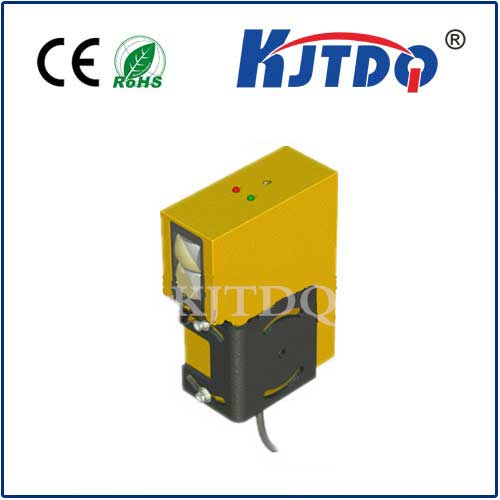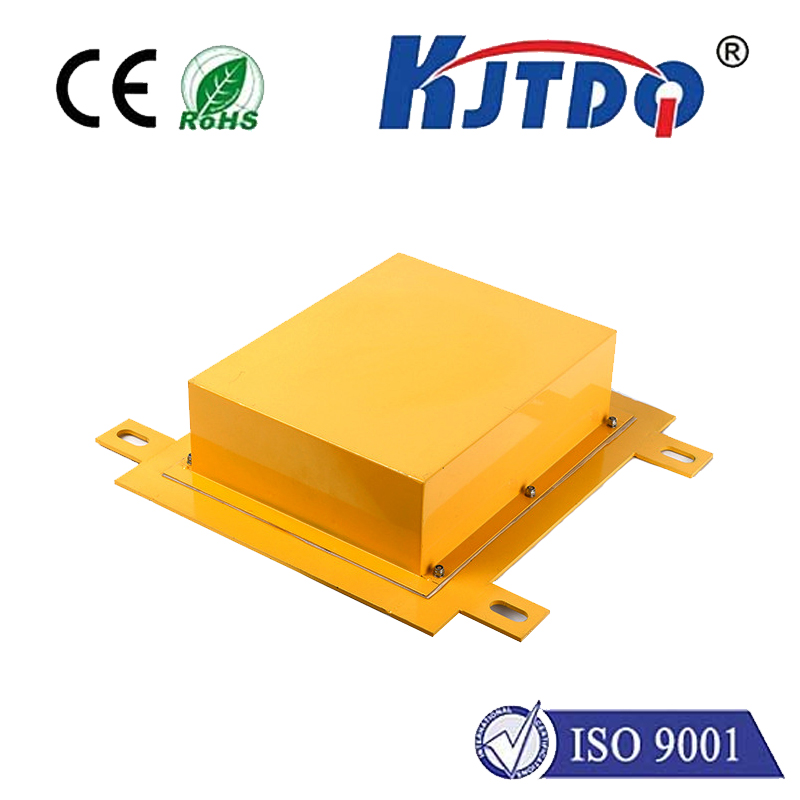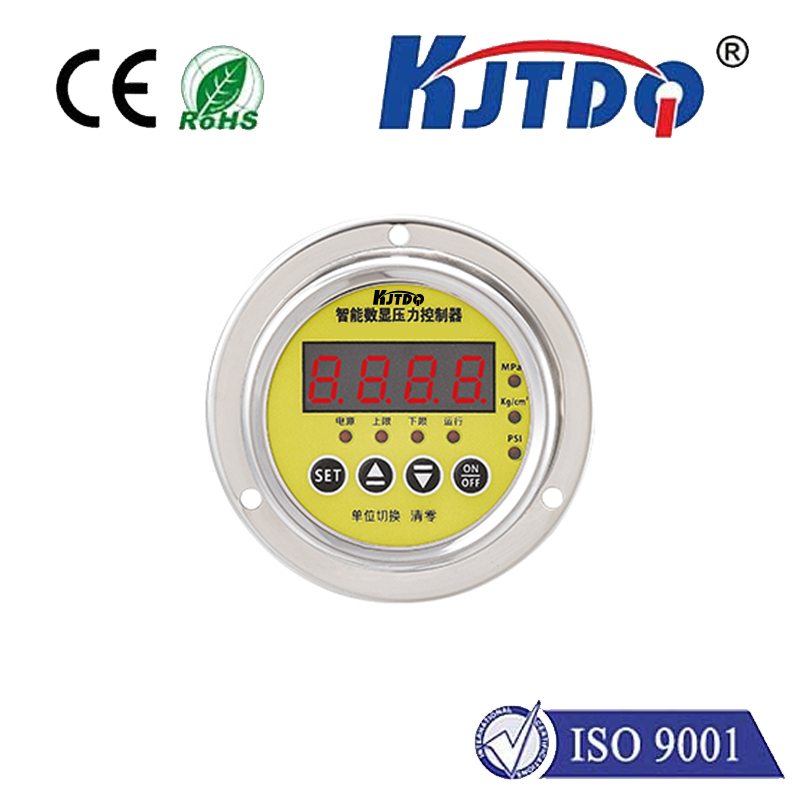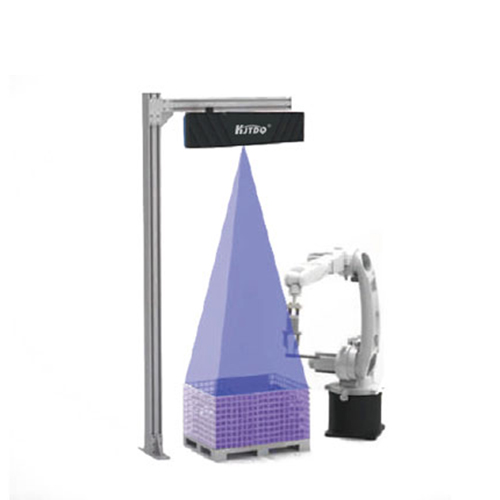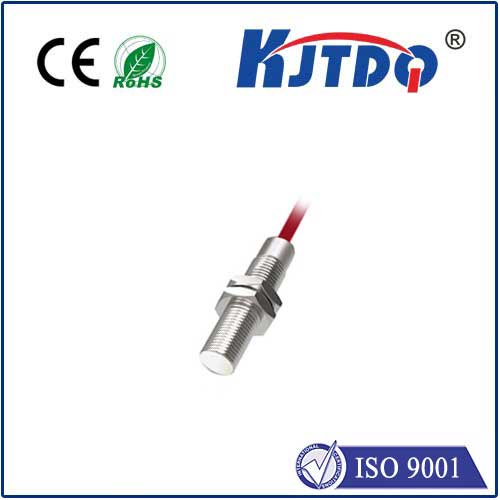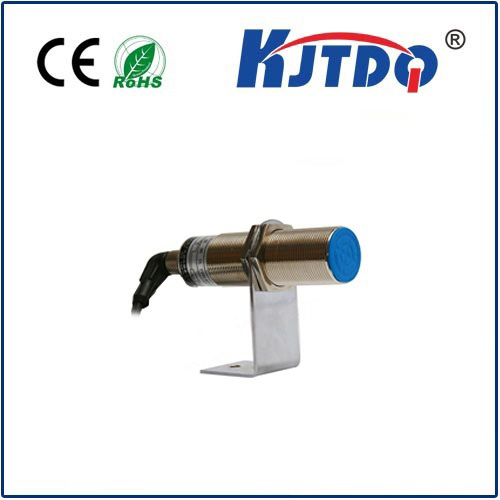

check

check

check

check

check

check

check

check

check

check
Title: Unlocking the Potential of Fiber Optic Sensors in Pressure Measurement In the realm of industrial and technological advancements, precision is paramount. One such innovation making significant strides in this area is the fiber optic sensor for pressure measurement. These sensors have revolutionized the way we measure pressure, bringing unparalleled accuracy and reliability to various applications. In this article, we will delve into the world of fiber optic sensors, exploring their principles of operation, advantages, and the myriad ways they are transforming industries.
At its core, a fiber optic sensor functions by transmitting light through an optical fiber. The pressure exerted on the fiber alters the light’s properties, specifically its intensity, phase, or wavelength, which are then measured to determine the pressure applied. This fundamental principle allows fiber optic sensors to be incredibly precise, as even minimal changes in pressure can be detected through alterations in light characteristics.

One of the most notable advantages of fiber optic sensors over conventional electrical sensors is their immunity to electromagnetic interference (EMI). This feature is particularly beneficial in environments where EMI is a concern, such as near power lines or in electronic-heavy facilities. Additionally, these sensors can operate safely in explosive environments, making them ideal for hazardous conditions found in certain industrial settings. Their small size and flexibility also enable them to be used in areas that are otherwise difficult to access with traditional sensors. Furthermore, they offer enhanced durability and longevity, reducing maintenance costs and downtime in critical operations.
The adoption of fiber optic sensors for pressure measurement spans across numerous industries, each harnessing the unique benefits these sensors provide. In the oil and gas sector, for instance, they are used to monitor well pressure, ensuring optimal extraction processes while preventing dangerous situations like blowouts. In the medical field, these sensors find application in minimally invasive procedures, where accurate pressure readings are essential for patient safety. They also play a vital role in aerospace engineering, where monitoring pressure within aircraft structures ensures both performance optimization and passenger safety. Moreover, environmental monitoring has benefited significantly from fiber optic technology. These sensors are employed to detect minute pressure changes in underwater ecosystems, contributing valuable data to climate studies and oceanography research.
As technology continues to evolve, so too does the potential for fiber optic sensors in pressure measurement. Researchers are exploring new materials and designs that promise even greater accuracy and sensitivity. Integration with Internet of Things (IoT) platforms could lead to real-time monitoring systems capable of predicting and preventing pressure-related failures before they occur. With sustainability becoming a global focus, the energy efficiency of fiber optic sensors presents an additional advantage, aligning with efforts to reduce carbon footprints in industrial processes.
In conclusion, the fiber optic sensor for pressure measurement represents a significant leap forward in sensing technology. Its ability to deliver precise measurements in diverse and challenging environments marks it as an invaluable tool across multiple industries. As innovation continues, the applications and benefits of these sensors are poised to expand further, solidifying their role in shaping the future of pressure measurement solutions.
